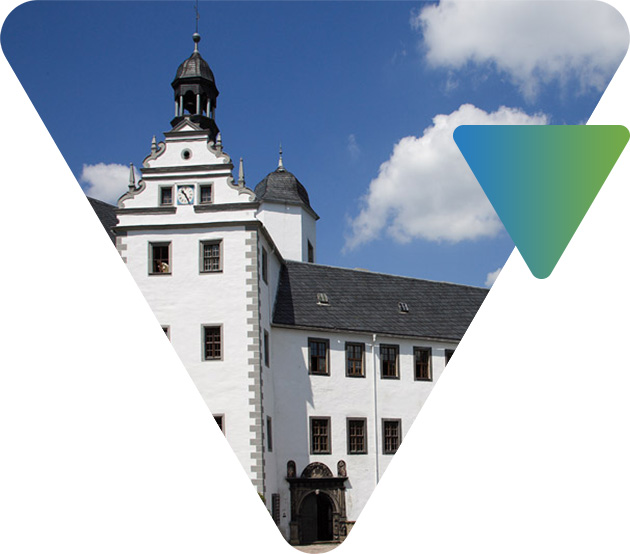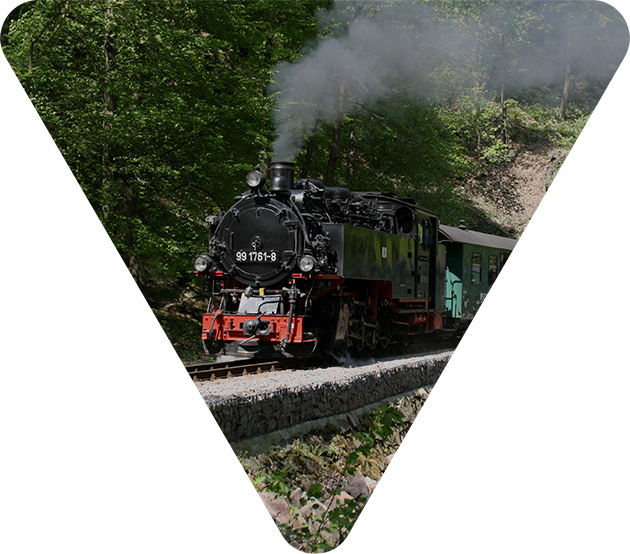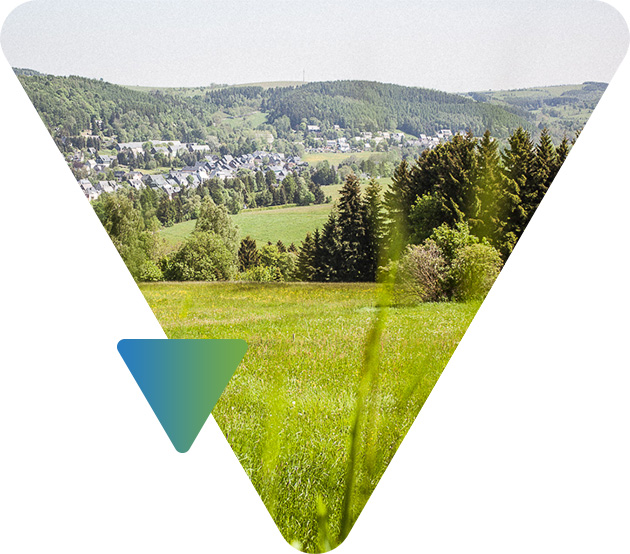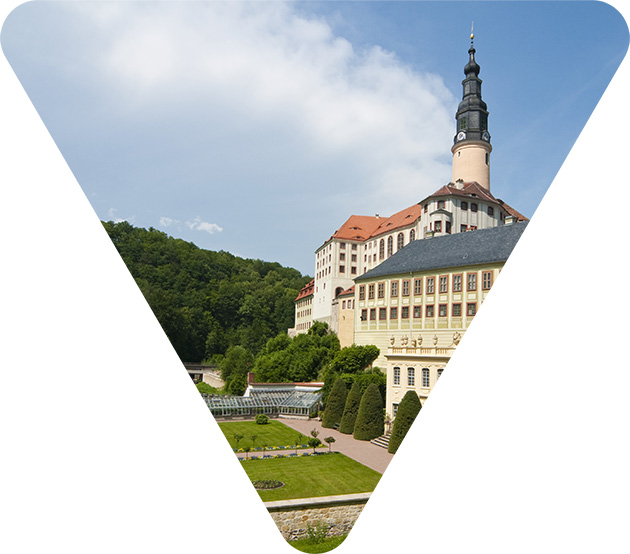The valleys hold lovingly restored historical villages and communities with fascinating museums, such as the chair-making museum in Oelsa (Rabenau), the world's largest miniature garden railway in the spa town of Rathen or the centuries-old castles and palaces. Königstein Fortress, visible from afar on its lone table mountain, is the largest fortress in Europe. Nearby, far older and perhaps even more impressive, the Bastei rock formation looms over Rathen, featuring the Bastei bridge, a popular image on Google. There is also Stolpen Castle, which sealed the fate of one of the most colourful characters in Saxon history: it is where King Augustus the Strong kept his mistress Countess Cosel imprisoned for 49 years.








